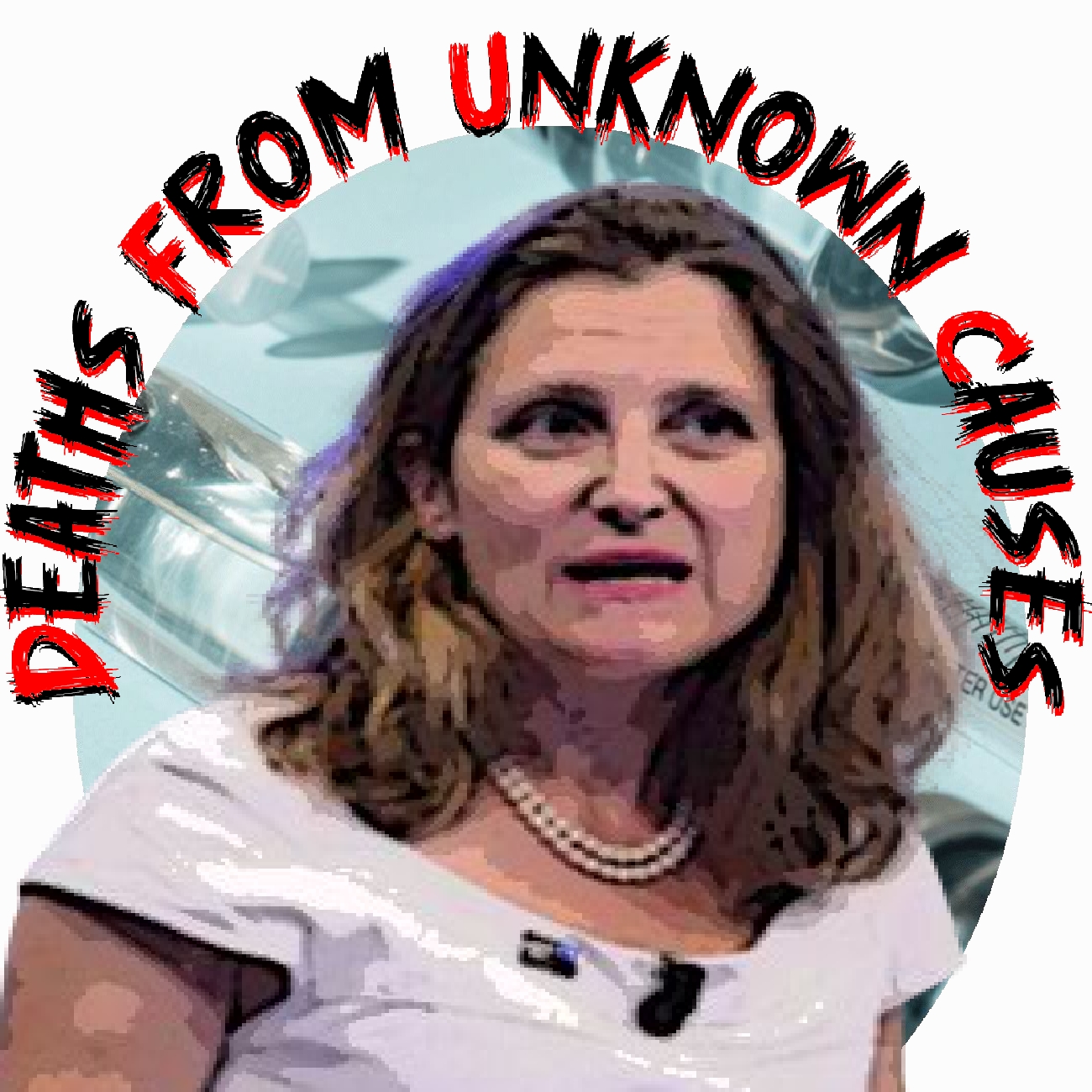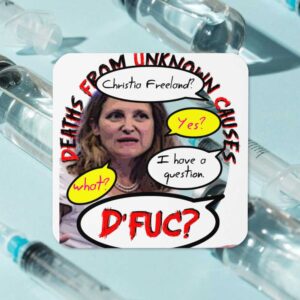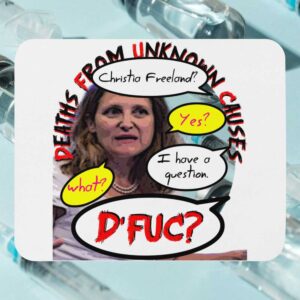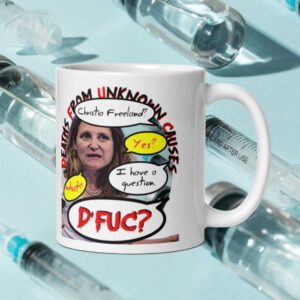Role as Deputy Prime Minister and Minister of Finance
Chrystia Freeland has been instrumental in shaping Canada’s economic policies towards sustainable development. As Deputy Prime Minister and Minister of Finance, she has advocated for a green recovery post-COVID-19, emphasizing the importance of investing in clean technology and reducing carbon emissions. Her work aligns with the United Nations’ Sustainable Development Goals (SDGs), particularly those related to climate action and responsible consumption and production.










